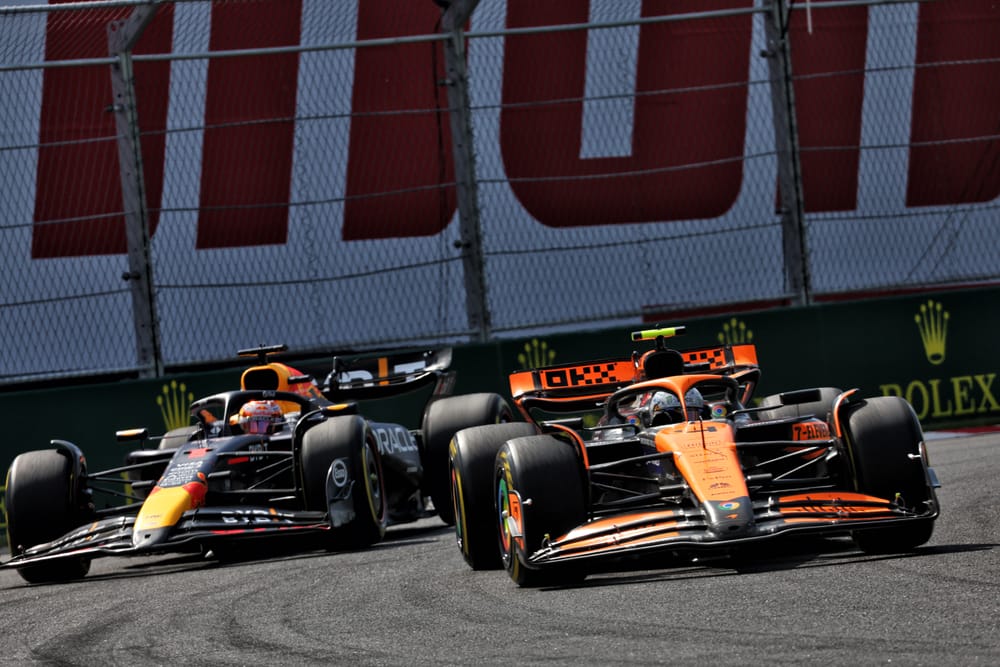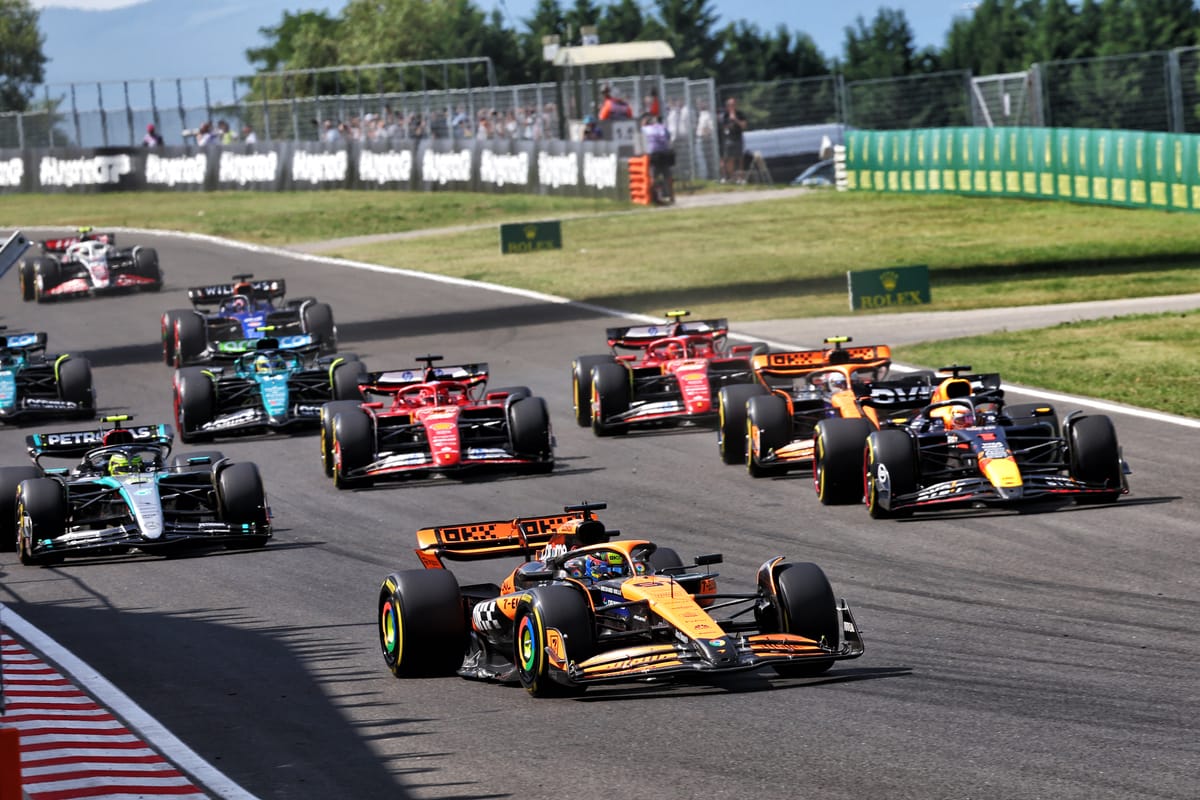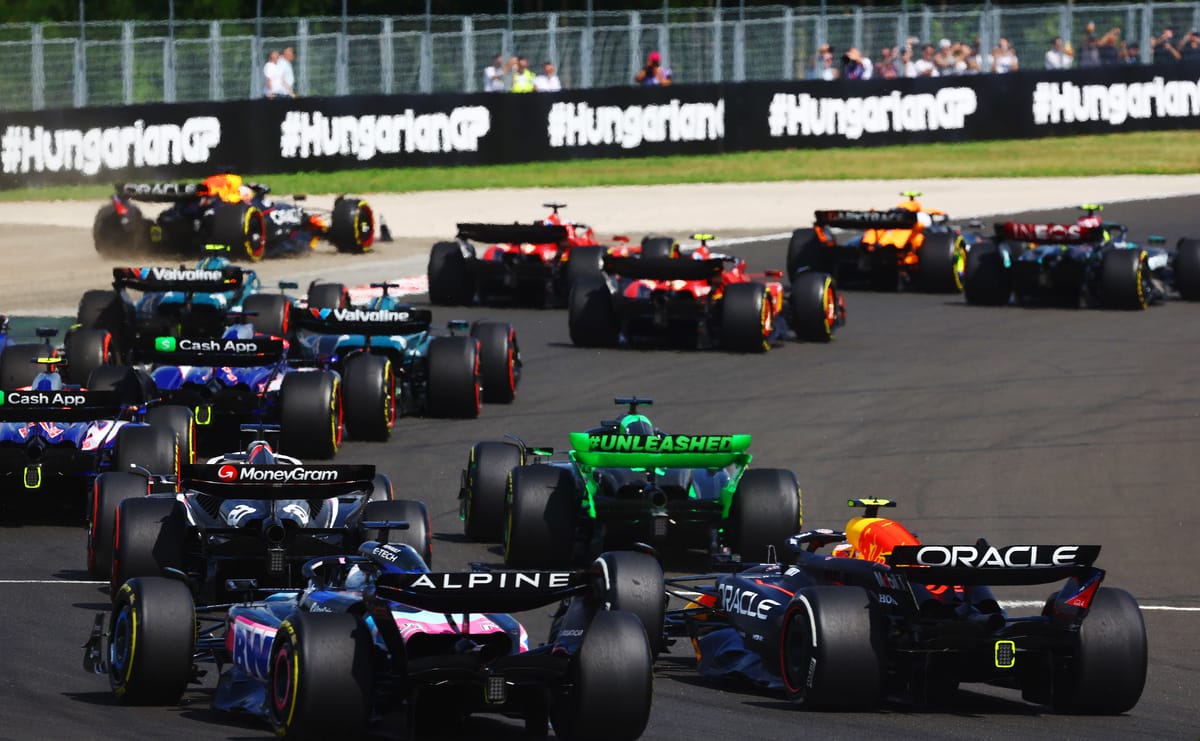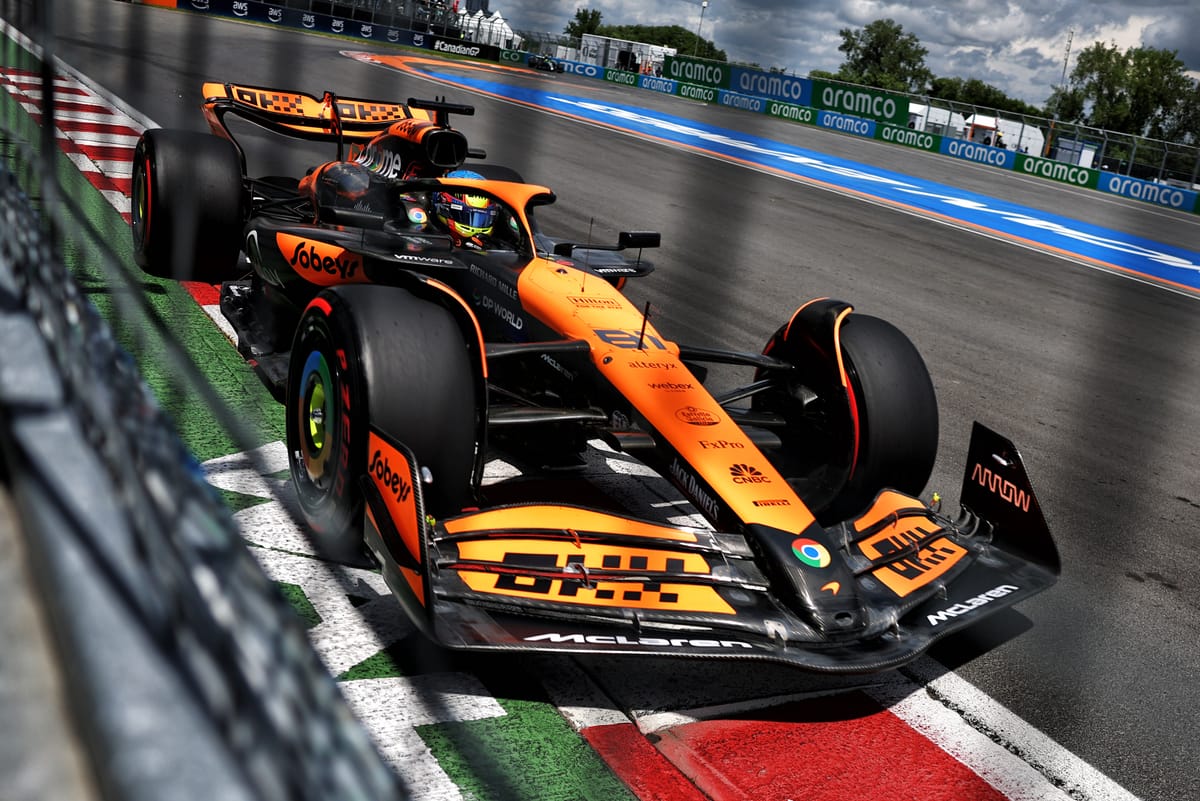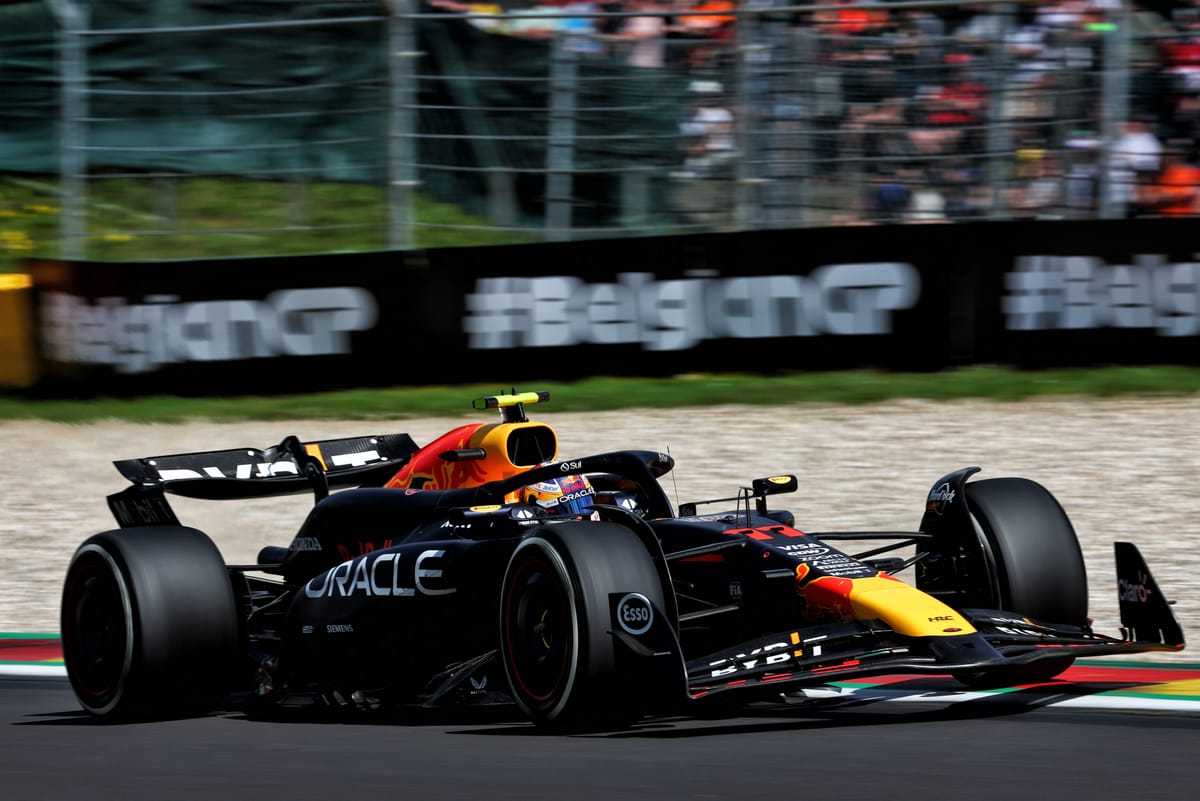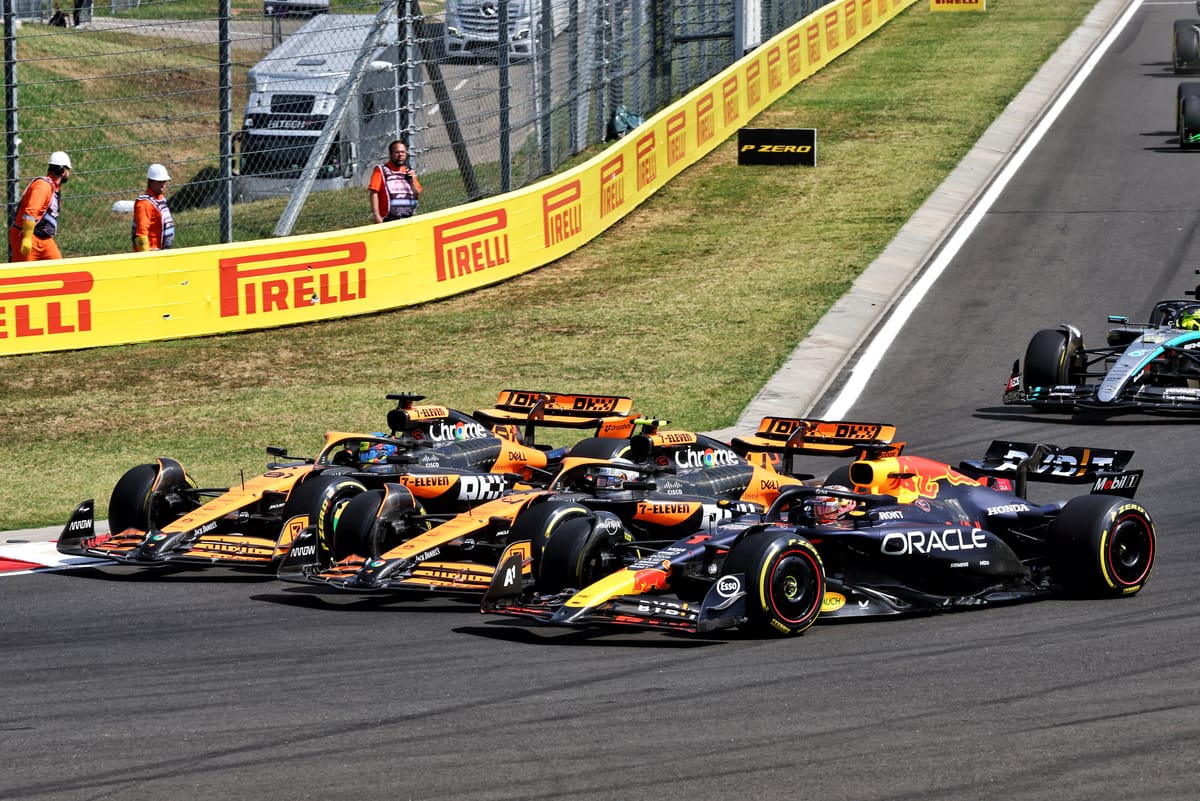Up Next

Formula 1’s unlikely title fight resumes with this weekend’s Dutch Grand Prix at Zandvoort - the first of 10 races to decide the outcome of at least one world championship.
Red Bull started 2024 in dominant form and it looked like Max Verstappen and his team were heading towards another straightforward pair of titles.
But things have changed. A major early season upgrade transformed McLaren’s form, Red Bull has got weaker, and one of its drivers has lost his way – all adding up to a high-flying surprise rival slashing the gap Red Bull had builty early on.
Verstappen even fears that the worst-case scenario is losing both championships, but he’s 78 points to the good against McLaren driver Lando Norris, and it’s Red Bull’s 42-point constructors’ standings lead that looks truly vulnerable.
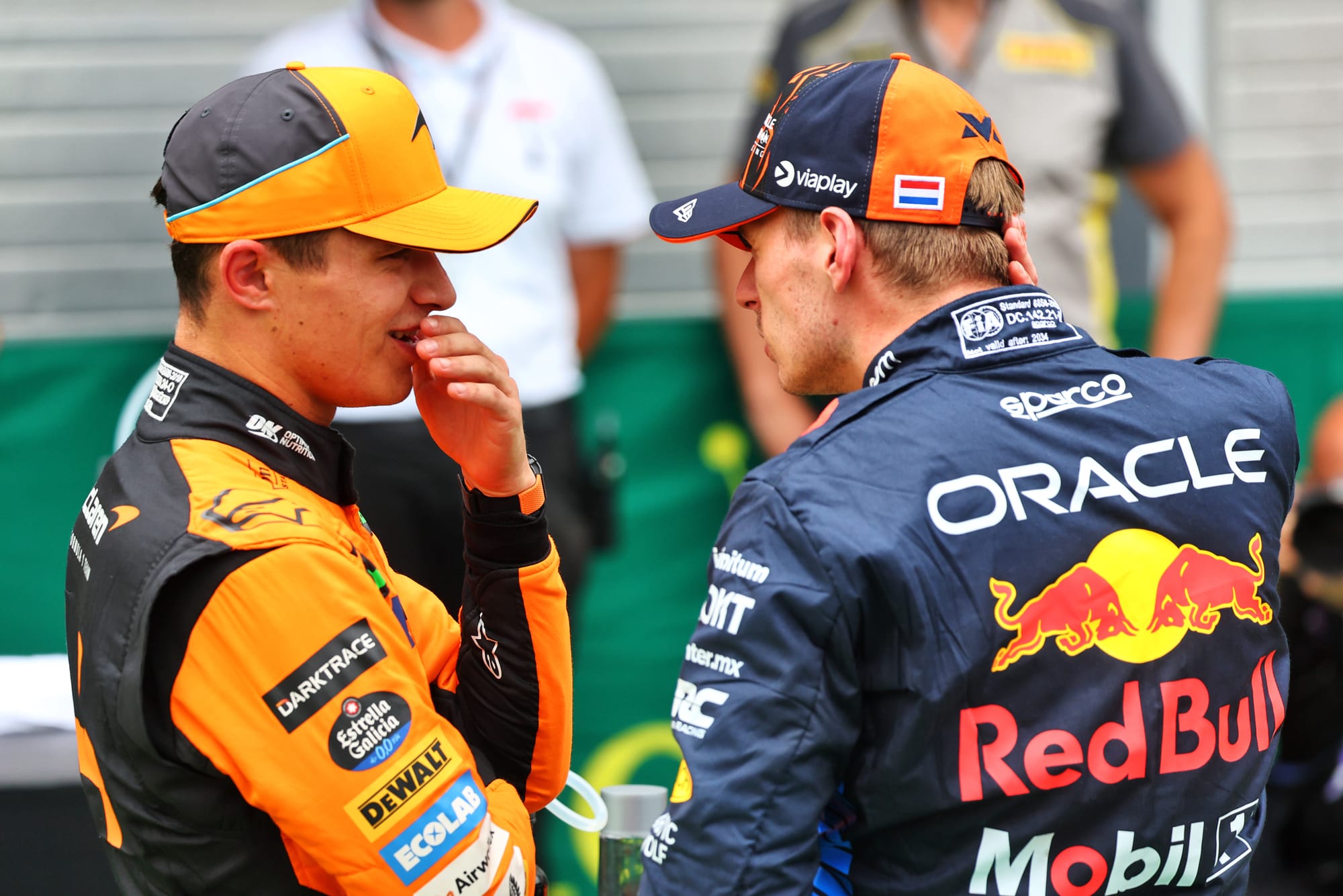
That leaves a lot at stake over the second part of 2024, and many feel that McLaren is now in the strongest position despite the points deficit. Here, we will judge the two teams in six key areas – and attempt to determine a favourite based on that.
WHO HAS THE FASTEST CAR?
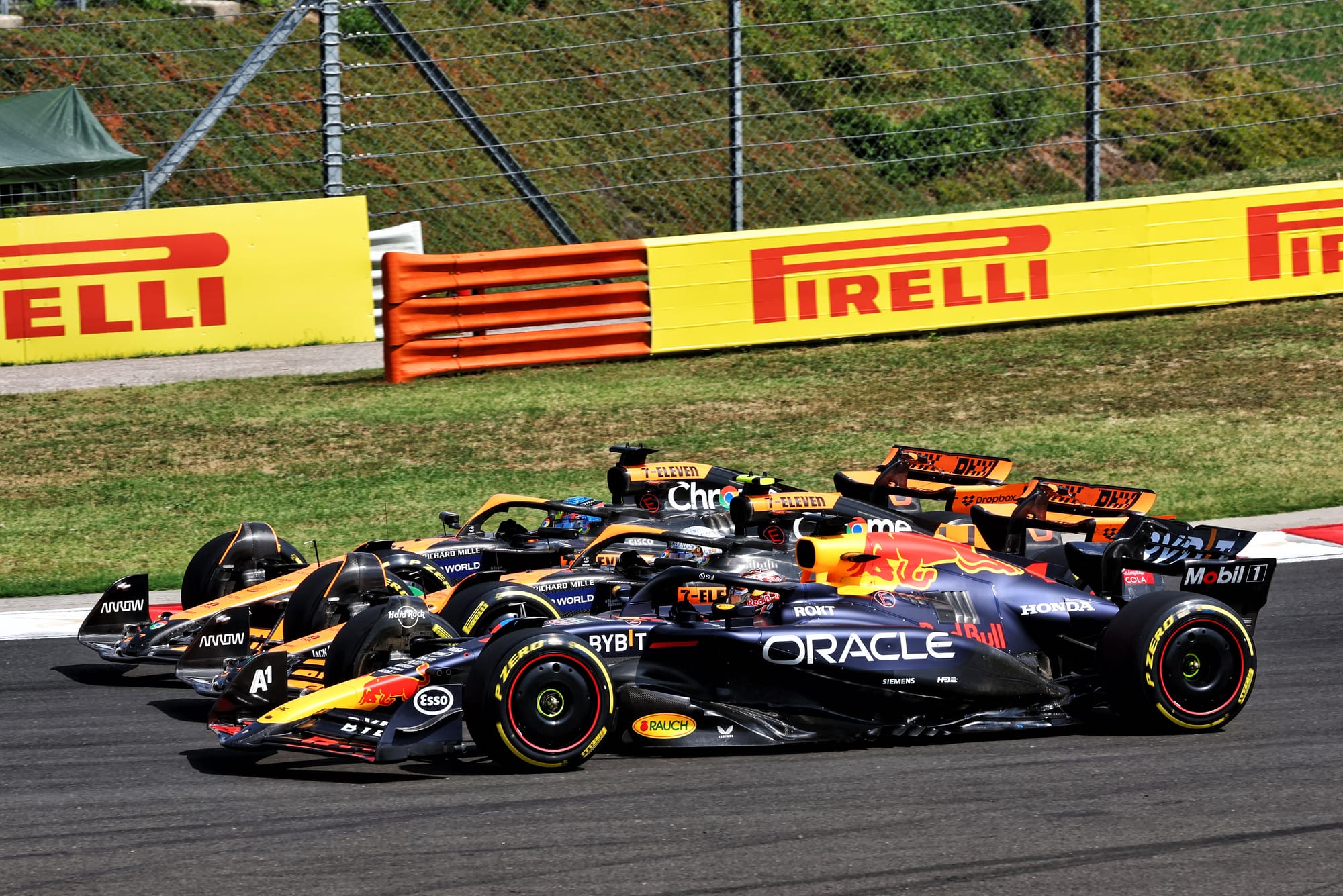
Recency bias is dangerous when establishing who has the fastest car because the evidence of the last few races would say McLaren: it has been quicker than Red Bull in four out of the last six dry qualifying sessions.
But over the entirety of 2024, Red Bull has been stronger. It’s still 0.25% to the good on average in our supertimes rankings, which compare the fastest laptimes from every weekend, and that equates to just over a couple of tenths.
And the last few races still include Red Bull demolishing McLaren in Austria qualifying, as that was a track that played perfectly to Red Bull’s strengths in traction-limited corners.
So, we know that the RB20 can still be a very fast car, when it’s not too compromised by the track layout in the handling and balance conflict between low and high speed corners, and can be configured to fully exploit its aero. The Red Bull still has the highest peak downforce and therefore the highest absolute potential.
If you scrutinise the McLaren advantages over Red Bull, you see that it never really blows its rival away. A couple of times, beating Red Bull also hasn’t been enough to start on pole, because Mercedes has snuck in ahead.
Then there’s the sheer resilience of the Verstappen-Red Bull combination when it comes to nailing qualifying as often the Red Bull gets ahead of McLaren after a laboured effort on set-up and an 11th-hour, mega Verstappen lap.
The bottom line is that when Red Bull gets it right it should qualify ahead with Verstappen but McLaren’s improved enough to be an outright threat a lot of the time, and has a small but decisive advantage when Red Bull gets it wrong.
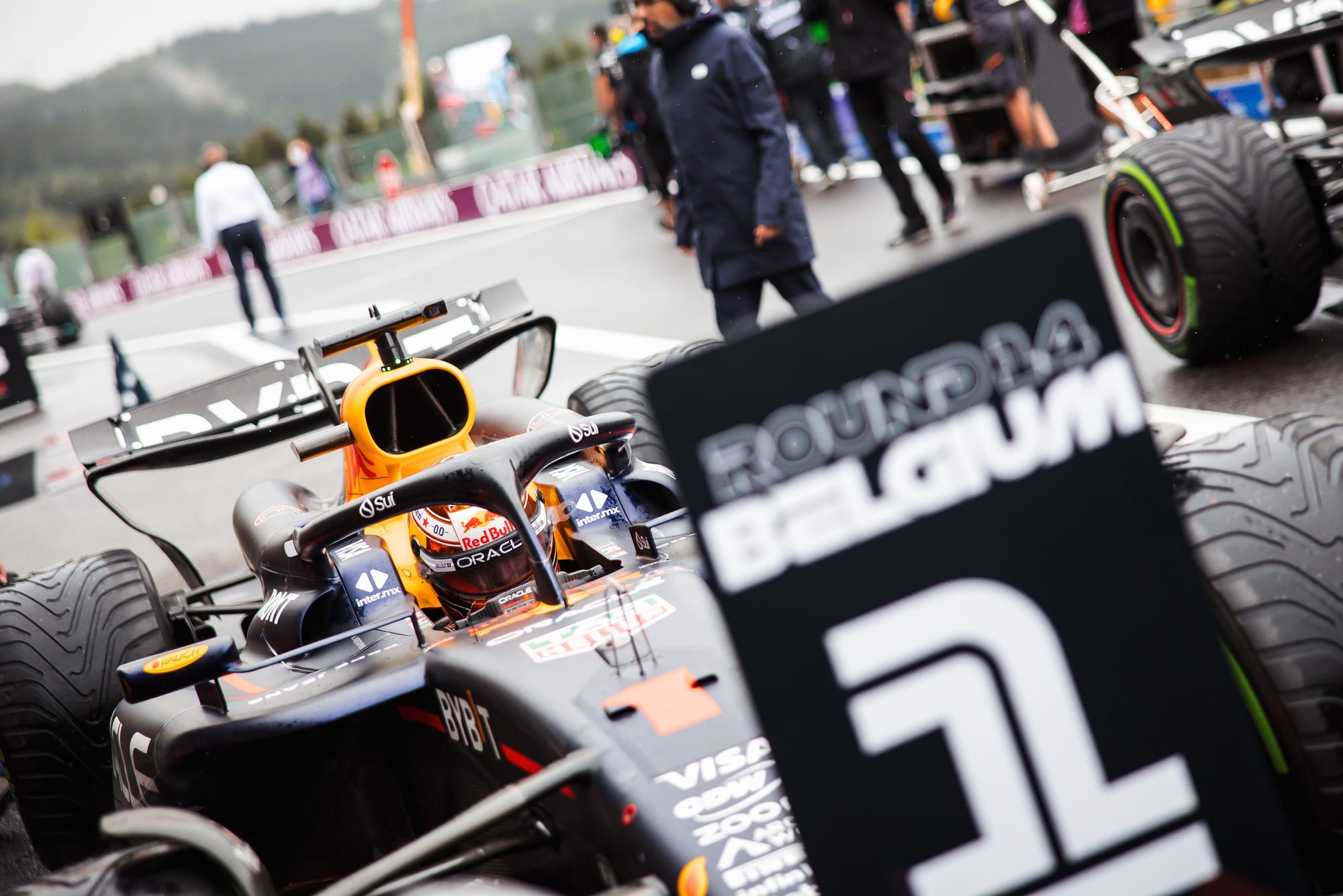
So, begrudgingly climbing off the fence, this one goes to Red Bull – but any advantage it has certainly is not enough to protect it in all conditions or circumstances.
Advantage: Red Bull
WHO HAS THE BEST CAR?
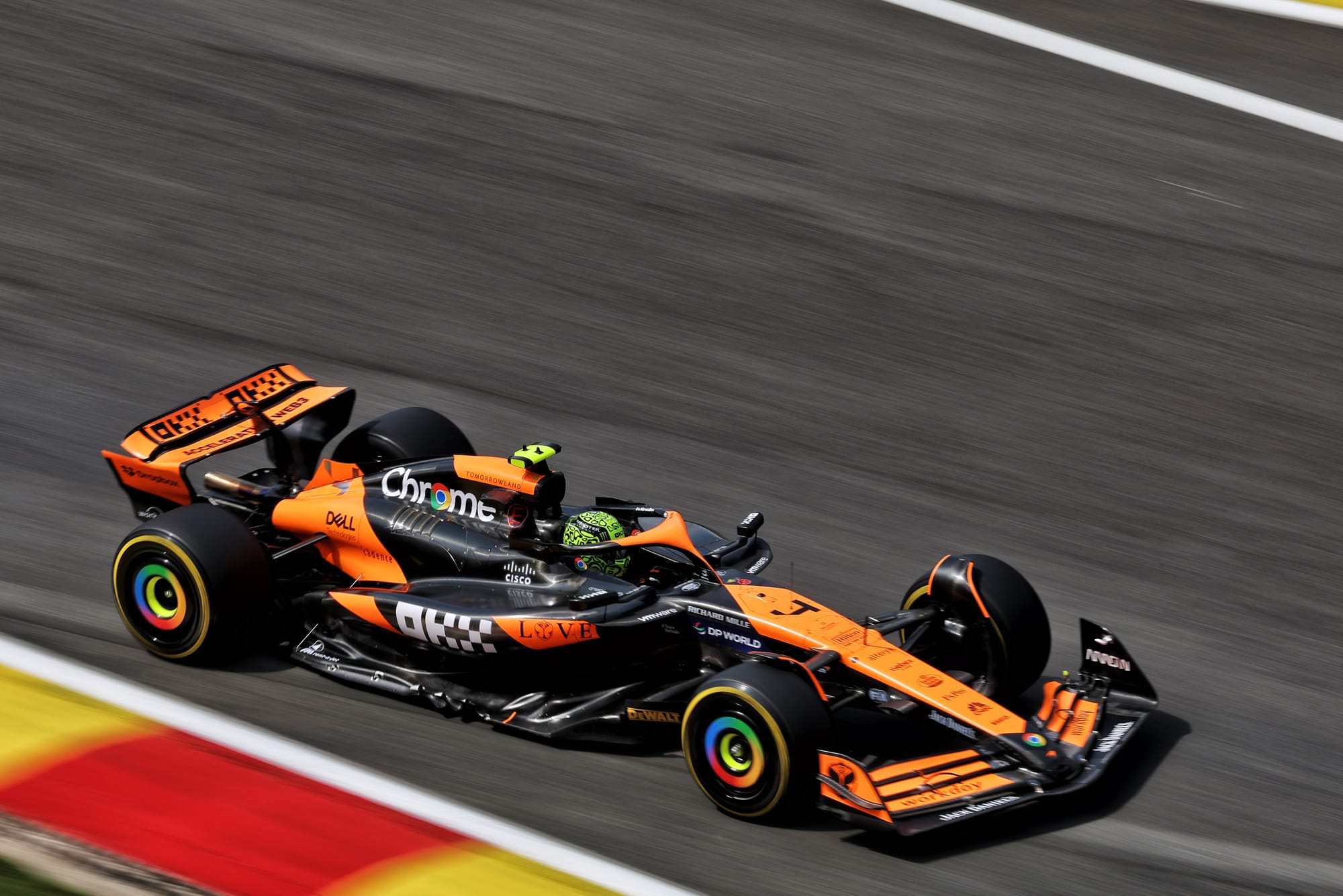
The fastest car over a single lap, in optimum conditions or a favourable track, is not necessarily the best car. It’s a subjective topic. To some the best car is the best all-rounder, the easiest car to drive, and/or the quickest car on Sunday even if not in qualifying.
Quick as the Red Bull is, getting it to work consistently is tricky. While it has a high performance ceiling it’s also got a lower basement level than the McLaren.
There are theories for Red Bull’s specific problems, including the suggestion that they are tied in to a recent rules clarification to emphatically stop teams from producing asymmetric braking torques.
There’s nothing concrete on this, though, and The Race believes the clarification is intended to prevent this in the future rather than a reaction to something – a red herring, then, in working out where Red Bull’s advantage has gone.
The simplest explanation for that is the Red Bulls have always had a tendency to fall out of their optimum working window in this rules era.
We’ve seen the team have tougher weekends before, it’s just now finally being punished more for them because rivals have finally been able to maximise these rules better, whereas Red Bull has brushed up against a ceiling. It also seems to have got itself into some development problems.
McLaren, meanwhile, has got more on top of its slow-speed aerodynamics weakness, and its performance window between low and high speed is much wider. So it seems easier for that car to be fast in different conditions and situations.
Maybe its mechanical platform is more forgiving than Red Bull’s, which works great when the aero is optimised but causes issues when it isn’t.
That can be a big weapon in qualifying but also races.
It makes it a more consistent threat on different tracks, helps its drivers be more confident, and leaves it less vulnerable to big swings in performance in the same race - as Red Bull has been at times when Verstappen’s suddenly found himself vulnerable on a different set of tyres.
Long story short, McLaren doesn’t often have the absolute fastest car over one lap or a stint, but it definitely has a more usable car than Red Bull now.
Advantage: McLaren
WHO HAS BETTER DEVELOPMENT?
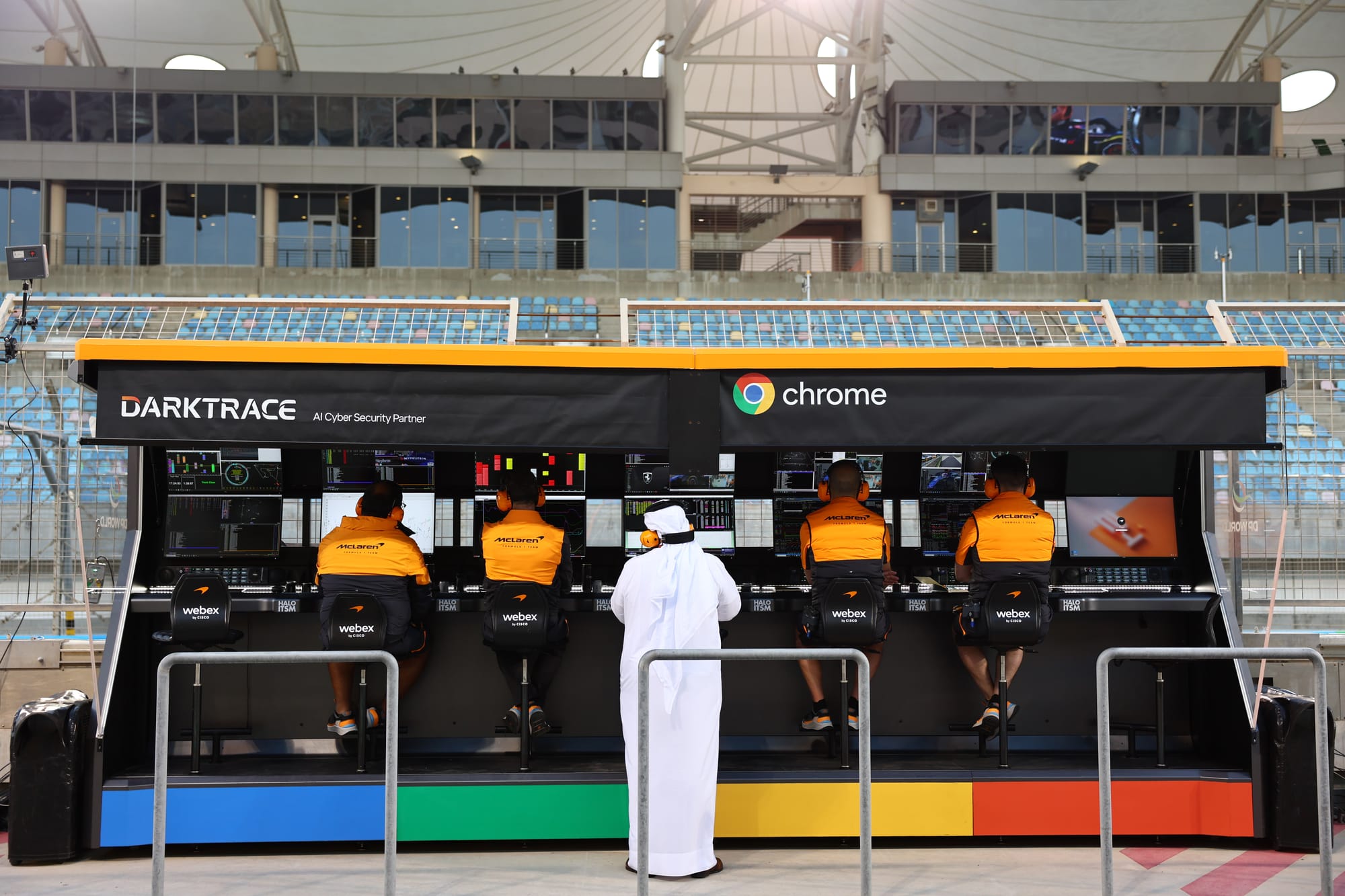
We have hinted at this already in the first two sections.
The centrepiece of McLaren’s progress was the major package introduced for May’s Miami Grand Prix. That was one race earlier than originally scheduled and Norris immediately claimed his first grand prix victory (with some major safety car assistance).
The package included a new floor, and repackaging of the sidepod, that boosted downforce towards the front of the car and significantly improved its slow-corner performance, the team’s main weakness.
It’s fair to say Red Bull has not produced any single package that has given such a big benefit, and some rivals have even suggested its upgrades have made the car worse.
The biggest Red Bull change was in Hungary, where Verstappen ran with dramatically different rear bodywork that gave the car more downforce. Red Bull then switched back to the old version for low-downforce Spa.
Like McLaren, Red Bull brought forward the introduction of that package that was originally intended for after the August break. There will be further parts, but Helmut Marko has warned that there won’t be any instant fixes to Red Bull’s battle to find a good balance.
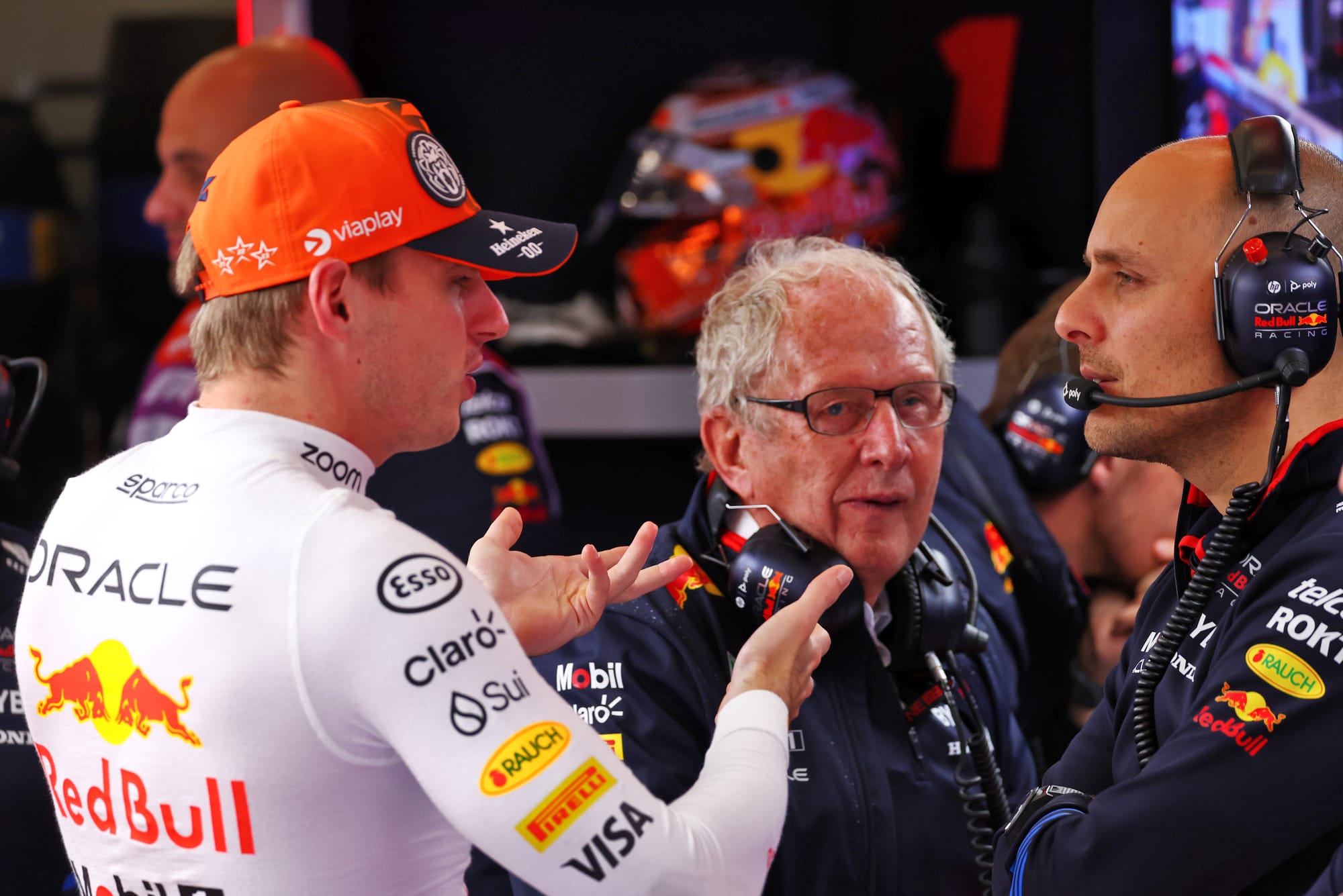
McLaren also has upgrades planned, but there won’t be any more great leaps forward either. With both teams pushing up against the ceiling of performance under these regulations, though, even small upgrades could make a big difference.
And as 2025 is fast approaching, and the major rule changes for ‘26 loom on the horizon too, there are many competing demands for the resources. If someone carries on work for longer they could get an advantage this year, even if it risks compromising 2025.
It depends on what room there still is for 2024 development. But it’s difficult to escape the conclusion that McLaren is stronger in this area at the moment.
Advantage: McLaren.
WHICH TEAM IS BETTER?
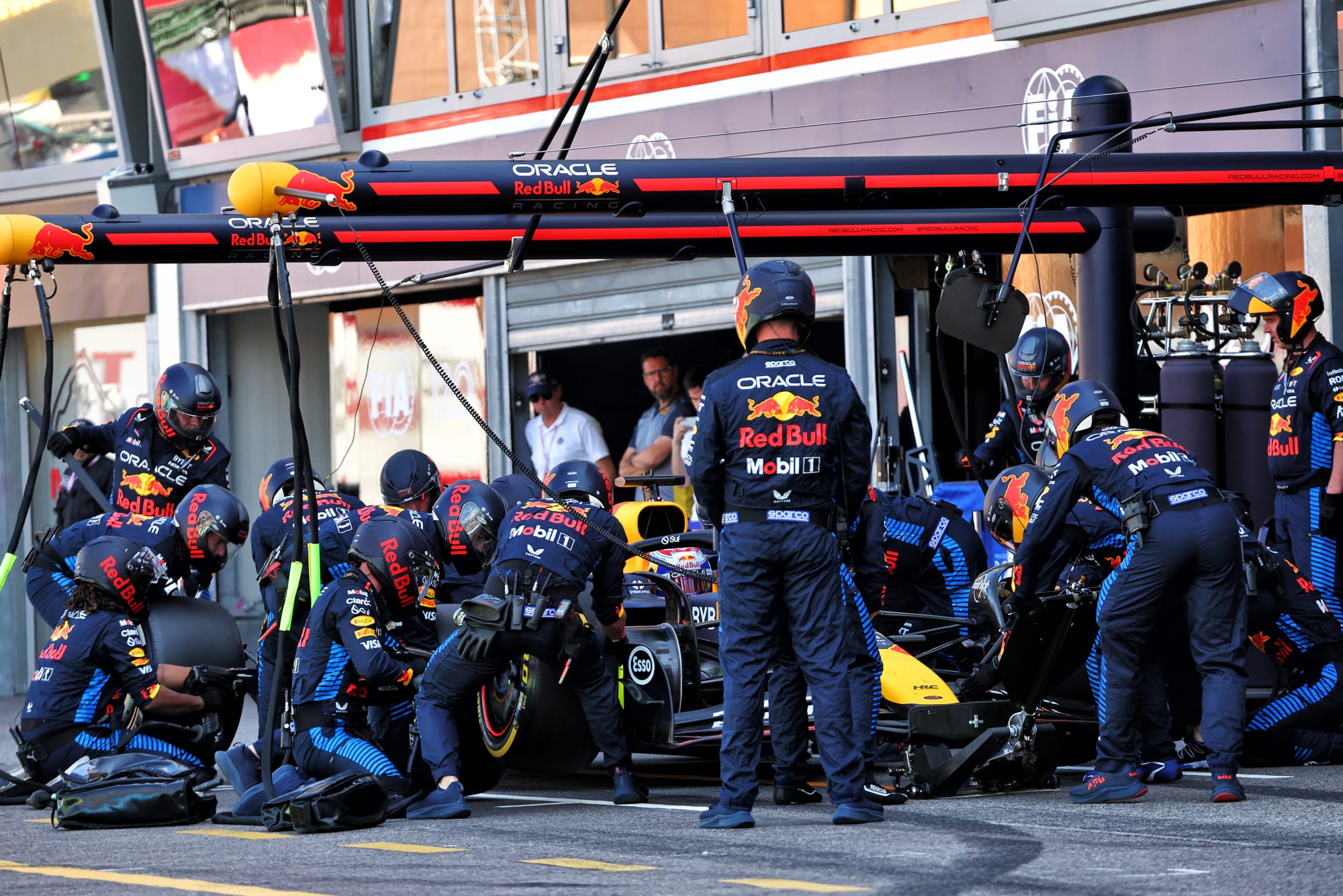
The wider Red Bull and McLaren teams also have a crucial role to play in extracting the maximum performance for the rest of the year.
Red Bull’s often been the gold standard here. That’s reflected in the fact that, even in difficult circumstances of late, it has been able to string together a good run of results.
On top of his seven grand prix wins this season, Verstappen’s also taken all three sprint races so far and only failed to finish in the top six once - in Australia where he retired with a brake problem.
Red Bull doesn’t drop the ball often. Strategically, it’s been razor-sharp - although in Austria and Hungary, where Verstappen felt both pitstops came too late, there were some high-profile complaints.
As for McLaren, while in what might be called steady-state race conditions its strategies have been sound, the same cannot always be said for trickier circumstances: Canada, Britain and Hungary have all featured moments in which McLaren’s communication and decision-making was flawed, and costly.
Encouragingly, McLaren’s approach to this has been ‘learn from this, reset, and improve’, which is all about the team becoming more assured when it comes to strategic calls. And Red Bull can’t rely on McLaren making mistakes. The progress McLaren has made in other areas shows it can be counted on to improve.
But right now, Red Bull has a clear advantage. It’s a well-honed championship-winning operation, one that has amassed 120 wins across the past 16 seasons. It’s been battle-hardened over the years and everyone there knows exactly how to win.
McLaren’s learning how to execute well at the front consistently again given it’s won just three times in the past dozen years, and learning fast, but it might still need to pick up a few more battle scars before it gets to that level, which could be decisive this year.
Advantage: Red Bull
CAN THE DRIVERS BE COUNTED ON?
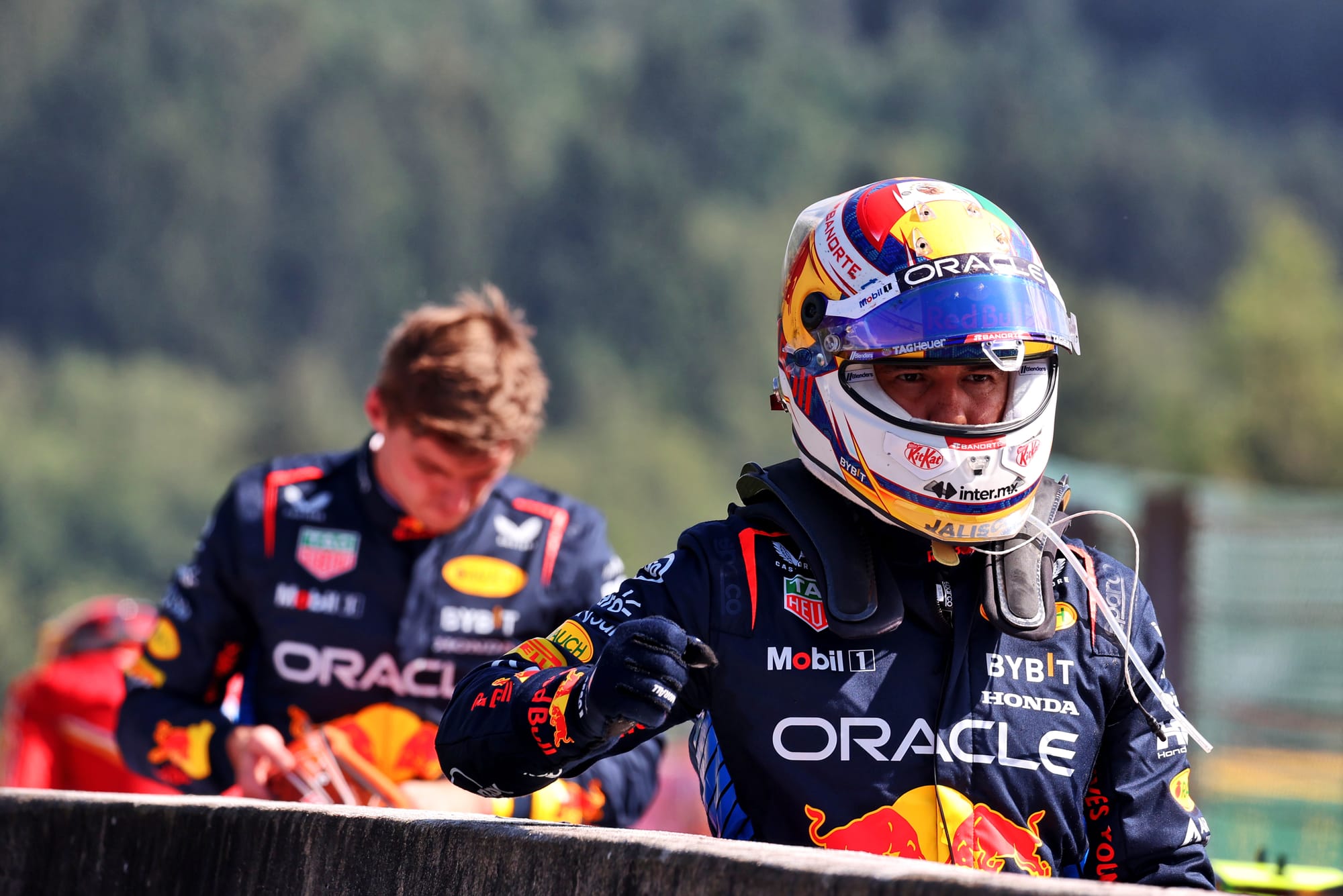
Sergio Perez is the only reason McLaren has caught Red Bull as much as it has.
It looked like he might have turned a corner qualifying on the front row for the first time since April in the last race before the summer break. But then he had a horrible race, falling to eighth - last of the lead group of four teams.
Over the last eight races, Perez is miles behind the other drivers in the top four teams for points scored, and when looking at the Red Bull/McLaren battle specifically, it’s horrifically one-sided.
Verstappen, 141 points. Oscar Piastri, 126 points. Norris, 116 points. Perez? Just 28 points.
Pulling the trigger and replacing him is a huge decision and one Red Bull has decided not to take for now.
The problem is, if Red Bull keeps only having one car in the fight, or one-and-a-half, the best it might do is enough to stumble over the line clinging onto the lead.
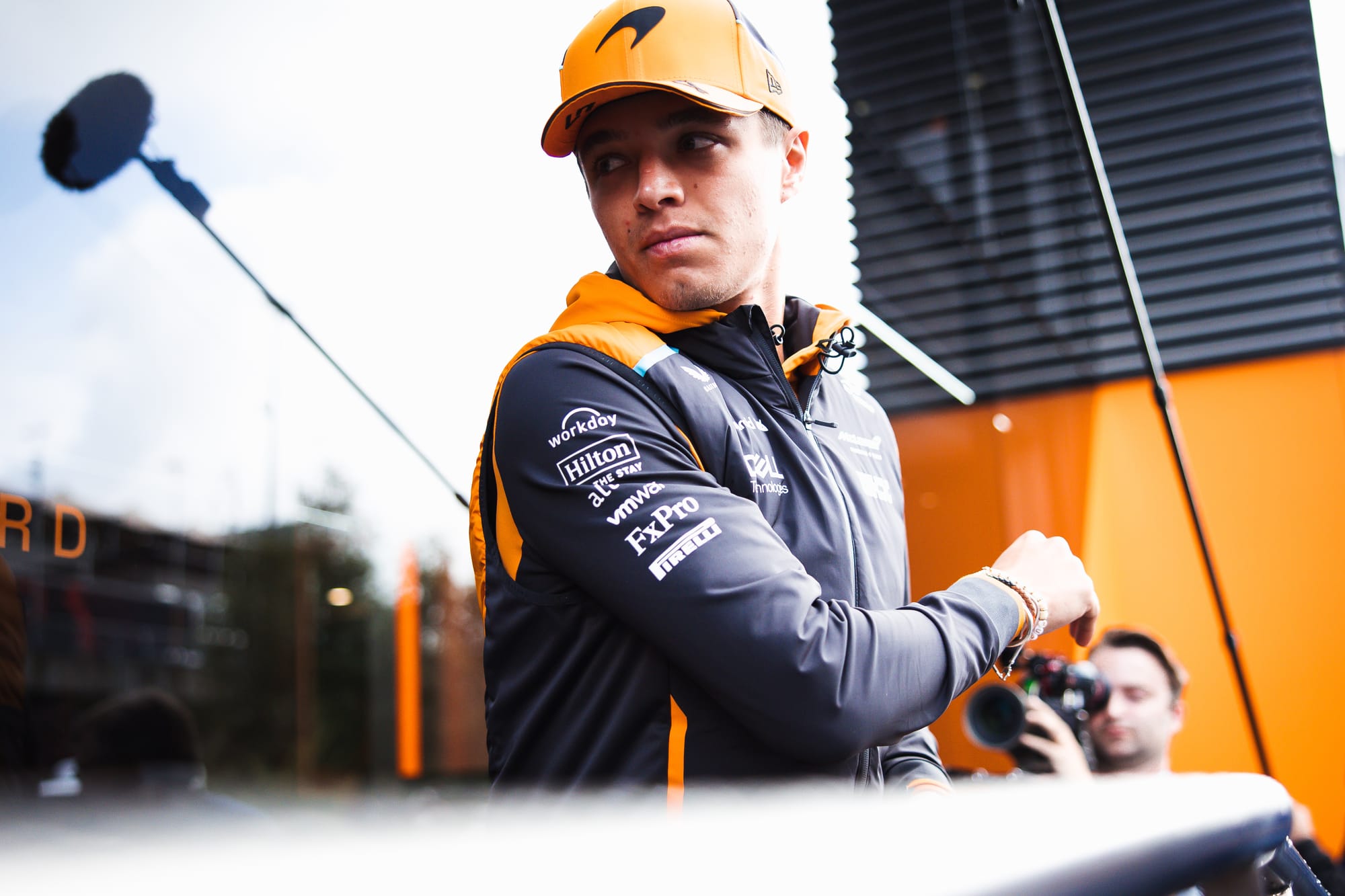
So it is banking on some car and personnel changes – including a new race engineer in Richard Wood, ostensibly just for a few races while Perez's regular race engineer Hugh Bird is on paternity leave – finally triggering a different trend from Zandvoort onwards.
Obviously, the performance of the other drivers does matter. Verstappen can be depended on to get 100% out of himself and the car more than Norris can for McLaren, as Norris himself admits he has “given away a lot of points over the last three or four races, just because of stupid stuff”.
Piastri is blindingly quick and looking ever more robust in races but still has the odd mistake in him because he’s only in his second season.
But here we’re talking about the difference between wins and podiums, or podiums and finishing fourth or fifth. That could end up decisive once the teams are on level terms, but right now that’s not a deciding factor. One of the four drivers not being in the mix absolutely is.
The drivers may well be the most decisive single element analysed here. And on recent form this is the most one-sided comparison of all, as McLaren’s pairing is well ahead of Red Bull’s in terms of pace and points return.
Advantage: McLaren.
WILL MORE CIRCUITS FAVOUR ONE TEAM?
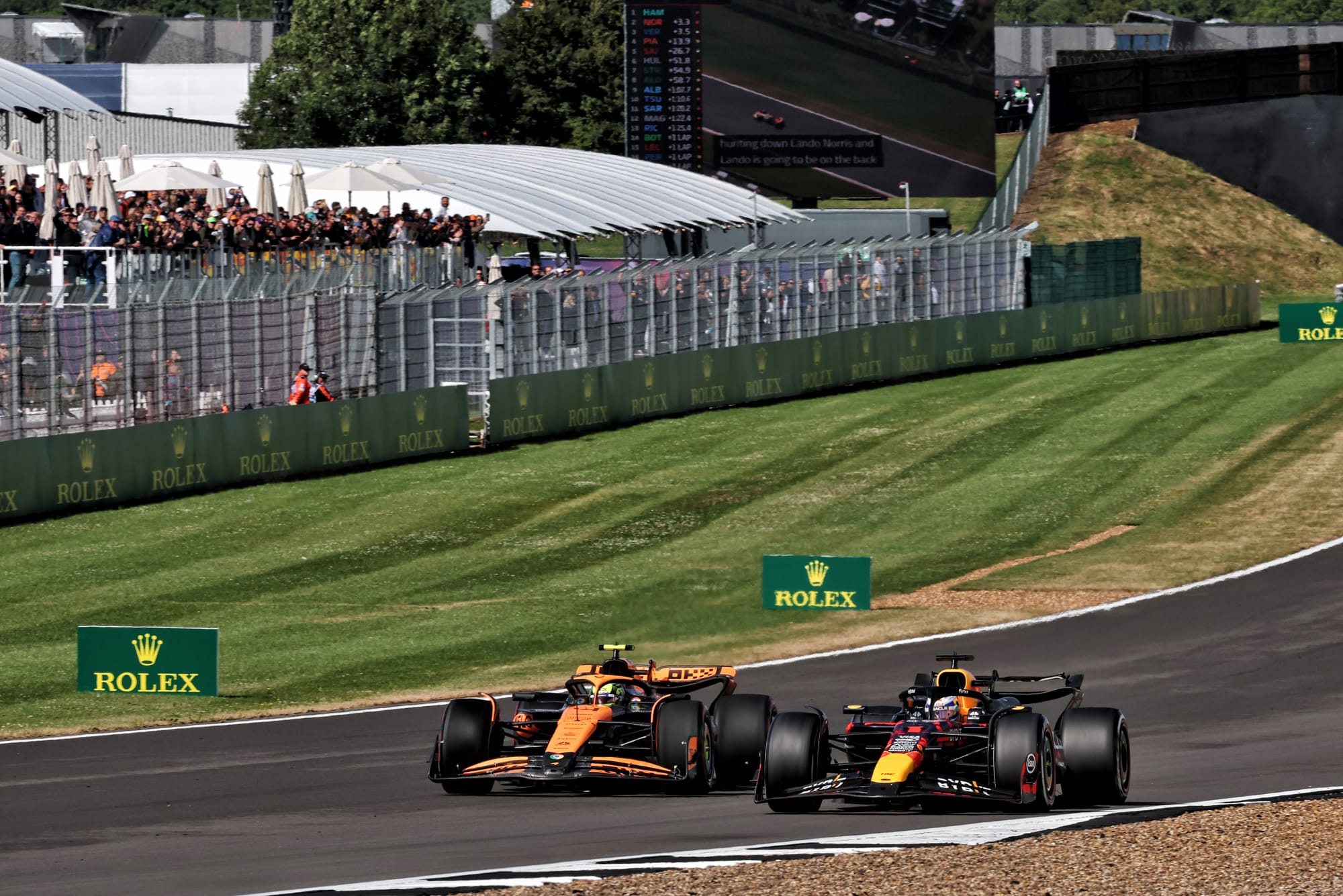
F1 has 10 circuits left to visit in 2024. So, a simple question: how many are McLaren tracks, and how many may favour Red Bull?
Helpfully, it’s a difficult question to answer with certainty, given how close it has been in recent races. The introduction of upgrades could also skew the competitive picture, as could weather conditions, the tyres, and how other competitive teams – especially Mercedes – fit in on each weekend.
But with those caveats, it is possible to divide the circuits up into those that should suit Red Bull, those McLaren will fancy their chances at and those that are too close to call.
The Zandvoort/Monza double-header could be good news for Red Bull.
Zandvoort is a high-downforce track that puts a premium on low-speed aerodynamics (rather than the same mechanical grip challenge that Monaco is, for example) and has been a Verstappen stronghold the last three years.
Red Bull’s immense aero efficiency should play well for it at Monza, too, because it can run more downforce for a lower drag penalty than McLaren can.
The next double-header in Singapore and Azerbaijan could then be better for McLaren.

Bumpy Marina Bay is likely to be the worst track of the back end of the season for Red Bull, and while it should be better on the streets of Baku that could also be challenging.
The Circuit of the Americas in Austin could go either way, while the following race in Mexico might be better suited to Red Bull given it’s high-downforce and the Honda engine has always been strong at high altitude.
Brazil is another coin toss, as while that’s also at higher altitude (but not as dramatic as Mexico), McLaren was very fast there last year.
Las Vegas might be tougher for Red Bull given it’s another street track, but the fact it’s mainly straights should allow it to be strong there too, so it’s too close to call.
Qatar is prime McLaren territory with its high-speed corners, while the season finale in Abi Dhabi is a track where both could be strong enough to win.
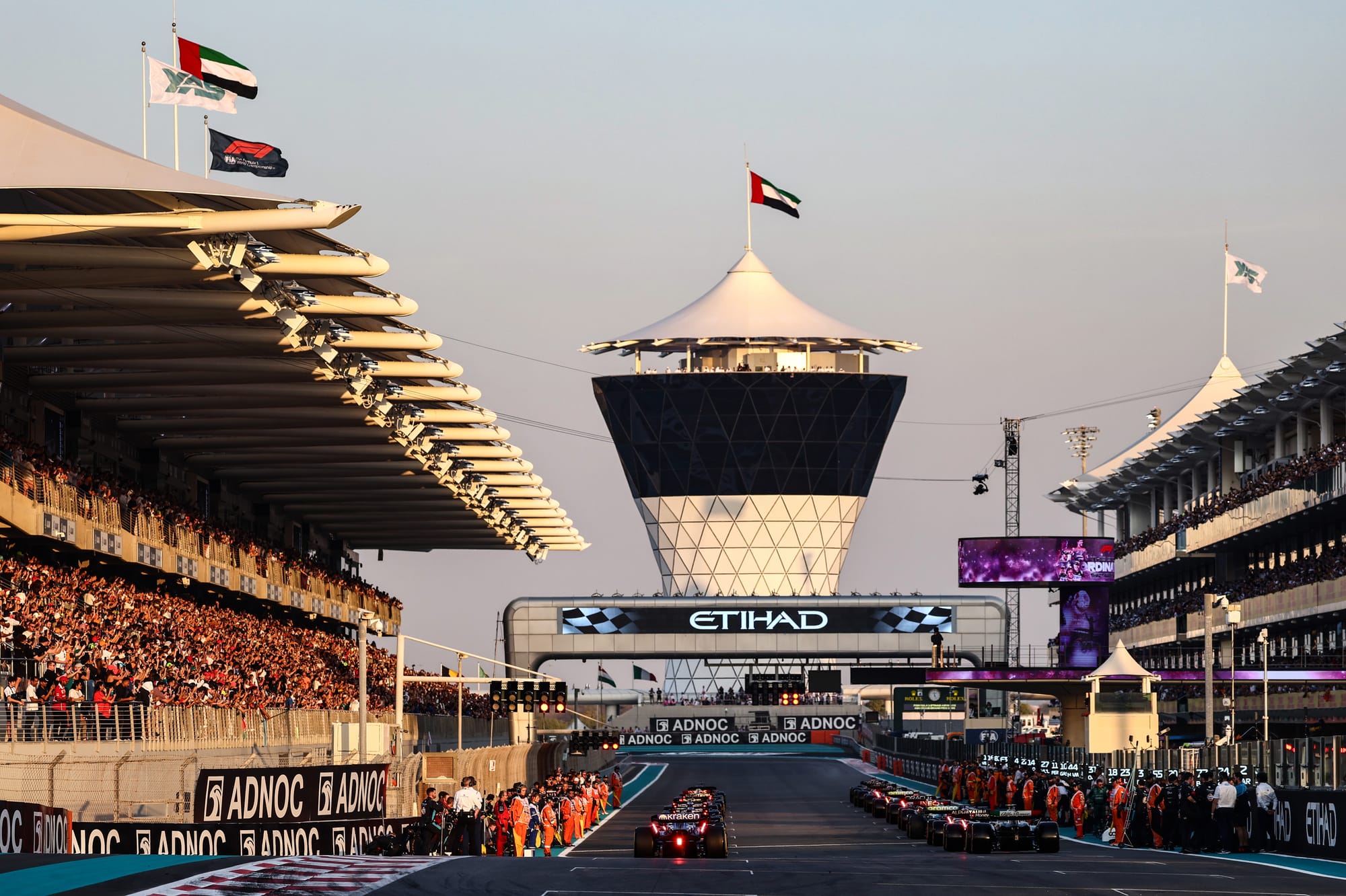
TRACK FAVOURS
Zandvoort - Red Bull
Monza - Red Bull
Baku - McLaren
Singapore - McLaren
Austin - Too close to call
Mexico - Red Bull
Interlagos - Too close to call
Las Vegas - Too close to call
Qatar - McLaren
Abu Dhabi - Too close to call
The outcome? Three that we might call ‘Red Bull tracks’, three that are more ‘McLaren tracks’ – and four that we consider too close to call. We genuinely can’t separate them here.
Advantage: Toss a coin, sorry
THE CONCLUSION
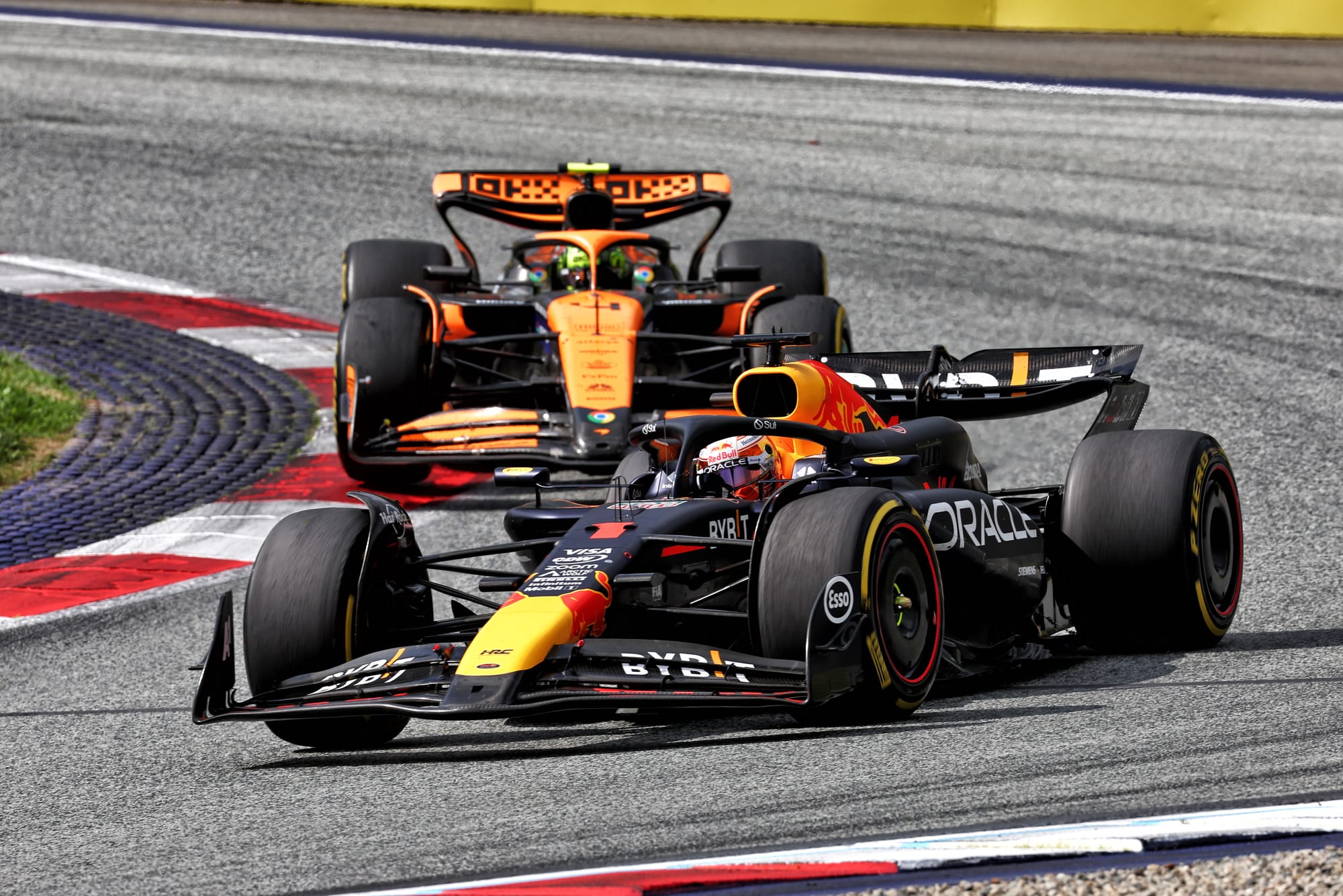
McLaren comes out ahead 3-2 based on our judgement of the six areas that could have had a lot more than just one ‘we can’t decide’ outcome.
The cars are strong in different ways, which is fascinating given track position is usually king – but the car that starts ahead won’t necessarily finish ahead, given Saturday/Sunday form can swing.
While we would back Verstappen/Red Bull to have more convincing pole positions and race wins, that’s not the same as having a better set of results to McLaren over a run of races. Especially when there are two strong drivers driving in papaya versus one megastar and one race winner sapped of confidence.
That puts more pressure on Red Bull. If McLaren can sharpen its own operations just a fraction, it could blunt Red Bull’s remaining weapons.
But there are other variables that could swing all of this – as mentioned in assessing which tracks are stronger for which team. If pushed, we could give Red Bull the benefit of the doubt on the circuits that feel too close to call. But even that would just level it up 3-3 in our comparison. That’s how much of a knife edge this fight is on.
Throw in Mercedes being the form team in F1 with three wins in four races, and Ferrari readying an upgrade to solve the porpoising problems that have dropped it away from the lead fight, and not only is the championship fight unpredictable but the race-by-race narrative gets surprisingly interesting for a season many were writing off a few weeks in.


